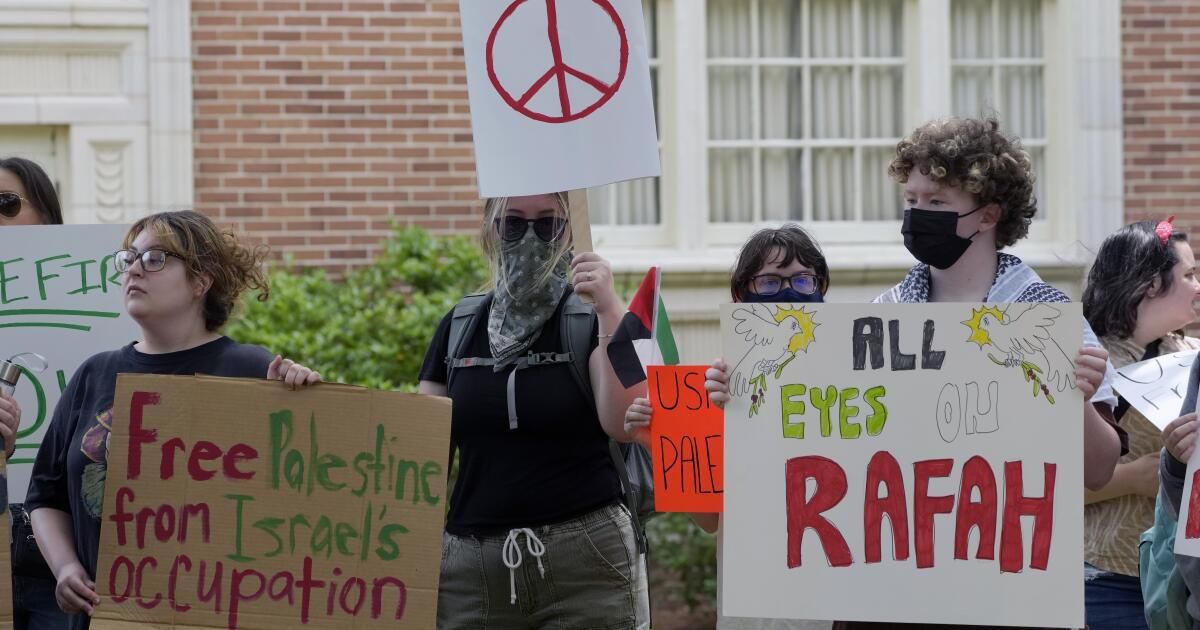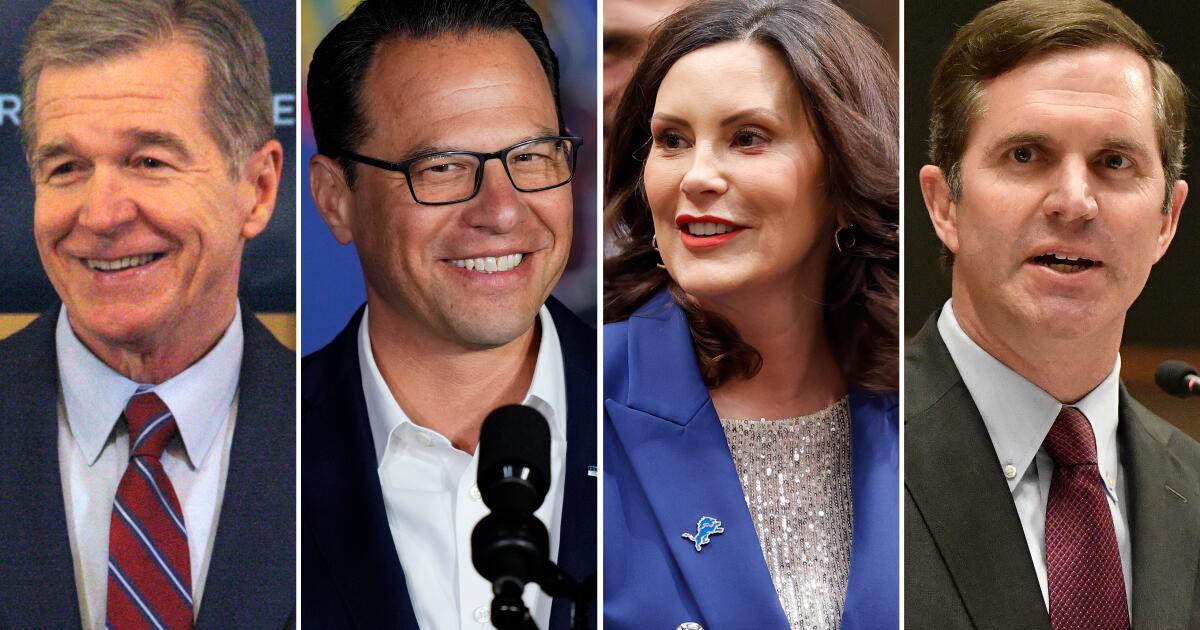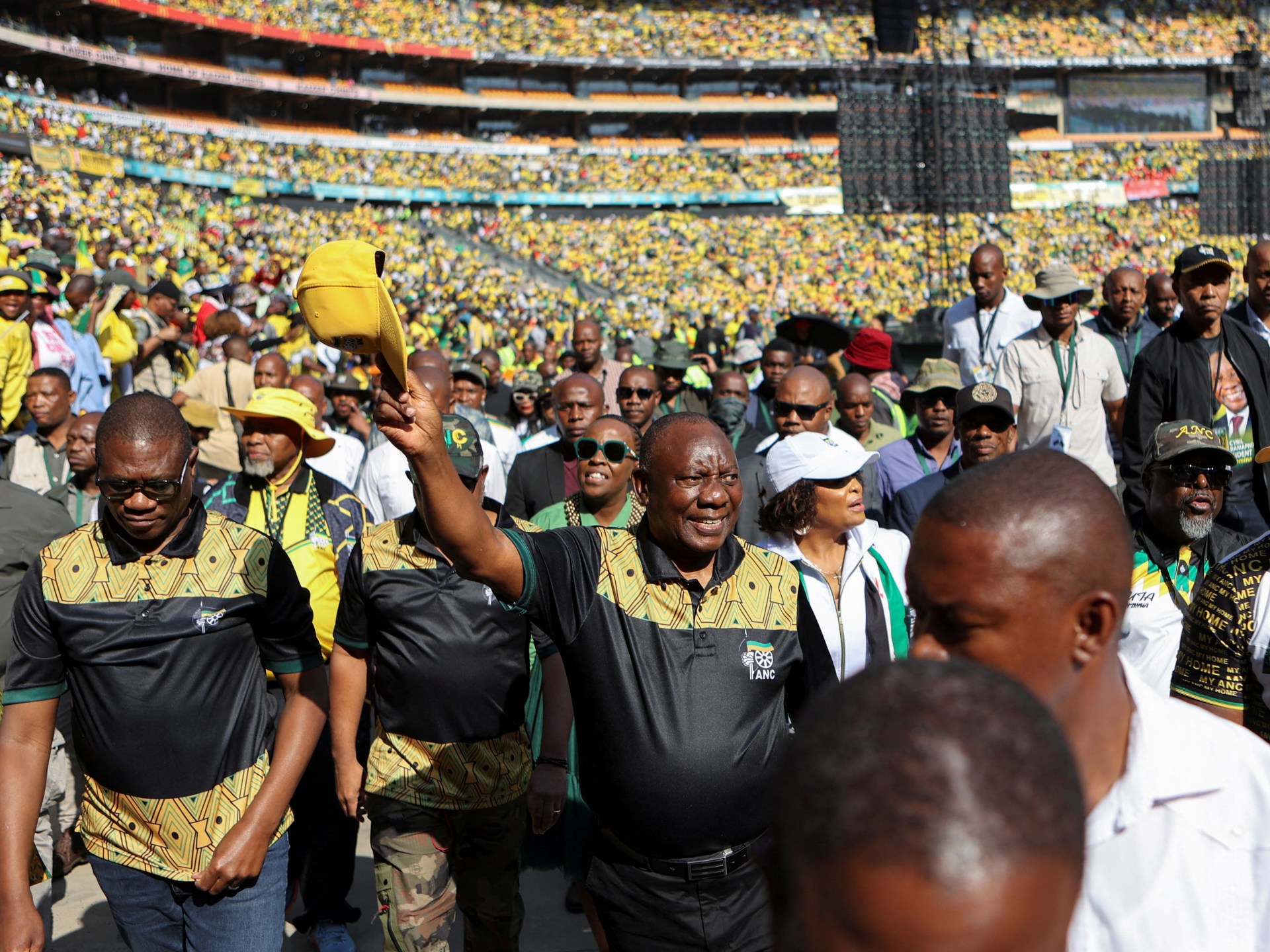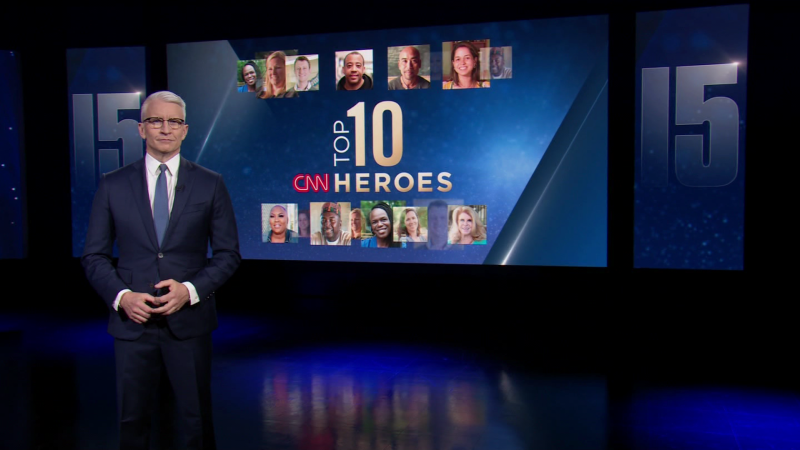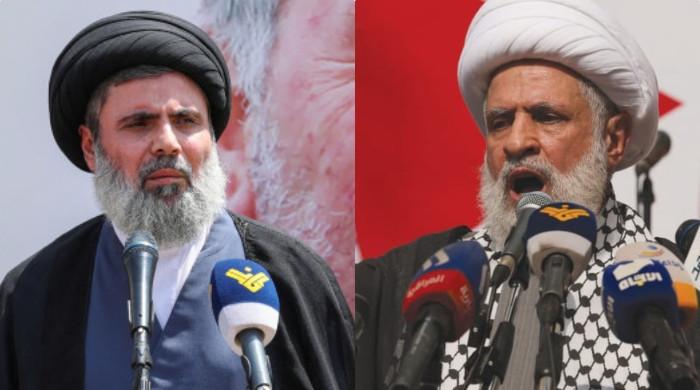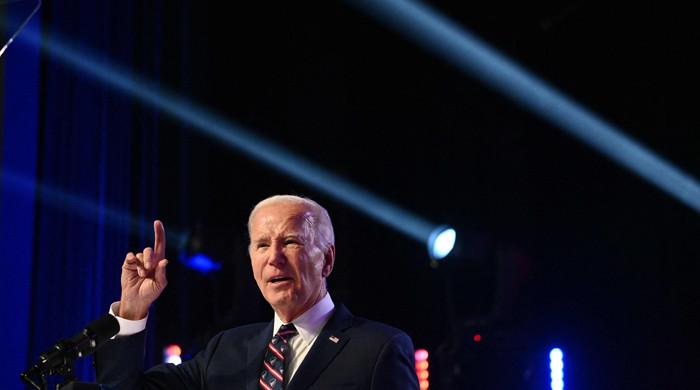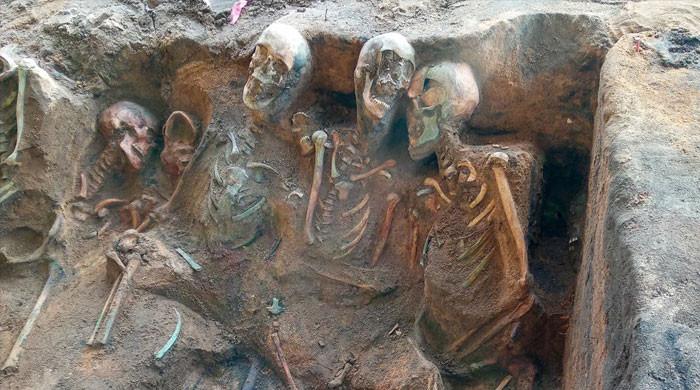Refugee tents stretch across a vast sandy desert: tens of thousands of people lined up in neat rows, some organized in the center to read: “All eyes on Rafah.”
It's a viral post shared by millions of people around the world, including Nobel Peace Prize winner Malala Yousafzai, “Bridgerton” actress Nicola Coughlan and model Bella Hadid, in response to Israel's missile attack on Sunday. that killed dozens of civilians in a displaced persons camp. Palestinians in the southern city of the Gaza Strip.
But the image, which features blurry, unusual shadows and repeating patterns typical of artificial intelligence, appears to be fake. Experts say it represents a new form of AI-generated activist imagery.
“It's one of the first major examples of AI being used in viral activism,” said Matt Navarra, a UK-based social media consultant. “This is an evolution of what we have seen before in the use of social media platforms to generate a message that can potentially go viral and attract media and political attention to a particular cause.”
Navarra said generating an image from AI can allow activists to avoid violating copyright or circumvent social media platforms' rules on violence and incitement. Over the course of the war between Israel and Hamas, many activists, journalists and human rights organizations have complained that social media companies such as Meta, which owns Instagram and Facebook, have removed graphic and violent images and videos on Gaza, including photographs of wounded and murdered Palestinians.
“The average person is not particularly good at using Photoshop or finding content, that doesn't infringe copyright, or shows horrible things that people don't like or that Meta wouldn't want to post on the platform,” Navarra said. “Certainly AI opens up that opportunity to create viral activist posts.”
But just as the advent of generative AI offers activists an easier, cheaper tool to create powerful images without relying on stock photos or violating Meta rules, it could also lead to potential abuse. Experts are concerned that some content creators are likely creating highly attractive AI-generated images to promote false information or add links to spam.
“The goal may well be to get a lot of viral attention, a lot of likes, a lot of shares and a lot of comments,” Navarra said. “And then once it has gone viral, move on to that page and add links to spammy or phishing content or use it in other negative or spammy ways.”
Others say the AI images offer a sanitized version of the Rafah refugee camp at a time when journalists and activists struggle to share real photos from Gaza on social media.
“People have been posting really graphic and disturbing content to raise awareness and to have it censored while synthetic media goes viral is disturbing,” said Deborah Brown, senior researcher and digital rights advocate at Human Rights Watch. She co-authored a report last December.
The phrase “All eyes on Rafah” was coined before Israel launched its attack on Hamas in Rafah on May 6, causing more than a million people to flee the southern Gaza city, near the border with Egypt.
Rik Peeperkorn, who heads the World Health Organization's office for Gaza and the West Bank, used the phrase in February when he spoke out against Israeli plans to enter the area around Rafah in an attempt to destroy Hamas strongholds.
“All eyes are on Rafah,” Peeperkorn told a WHO news conference, noting that Rafah was one of the last remaining shelters for displaced Palestinians.
The slogan, adopted by humanitarian and pro-Palestinian groups in recent months and scrawled on posters on university campuses, trended on social media after Sunday, when 45 people were killed and 200 wounded in an Israeli attack, according to the Ministry of Gaza Health. . Prime Minister Benjamin Netanyahu called the attack, the deadliest on the city since Israel launched its offensive three weeks ago, a “tragic mistake.”
Instagram has yet to label the viral “All Eyes on Rafah” graphic, shared more than 40 million times on Instagram, so users know it was generated by AI.
“If synthetic content is not labeled and confuses or muddies the waters in terms of what's actually happening on the ground, that's a problem,” Brown said.
Some photos of the Rafah refugee camp after Israel's missile attack show a grimmer and more chaotic reality than the orderly camp under a blue sky shown by AI: In the hours after the missile attack, the camp was strewn with rubble and what was left of some tents. There were smoldering orange embers sending gray smoke into a gray sky.
Displaced Palestinians inspect their tents, which have been destroyed by Israeli shelling, west of the city of Rafah in the Gaza Strip on Tuesday.
(Jehad Alshrafi / Associated Press)
Since Sunday's Israeli attack on Rafah, journalists and activists have said they have been unable to share photos on social media of the human toll of the attacks. On Monday, Lila Hassan, a New York-based freelance investigative journalist, posted that she had not been able to participate or post anything on Instagram since she attempted to share an image of a beheaded child in Rafah.
“I have not received any warning and I cannot even file a complaint,” Hassan wrote on social media platform X. “This is censorship that I cannot evade.”
According to Human Rights Watch, social media companies like Meta have repeatedly removed images and videos of graphic content and violence in Gaza, including photographs of injured and killed Palestinians.
Last December, the New York-based nongovernmental organization published a 51-page report documenting Meta's political restrictions during the war between Israel and Hamas: “Meta's Broken Promises: Systemic Censorship of Palestinian Content on Instagram and Facebook ”. Between October and November 2023, the report said, it documented more than 1,050 “deletions and other deletions of content” on Instagram and Facebook posted by Palestinians and their supporters.
Among the censored photographs was a video of Israelis urinating on Palestinians and a Palestinian child shouting “Where are the Arabs?” after his sister was killed. Meta cited them for violating her policy on violence and incitement.
“In these cases,” the report argued, “the news value of the material shared was such that it is difficult to justify a decision to block this content on the basis of a policy of violence and incitement.”
After “All Eyes on Rafah” went viral, some pro-Israel activists responded with counterpositions: “Where were your eyes on October 7?” read one that showed a depiction of a Hamas soldier standing next to a red-haired baby that was later removed from Instagram according to The Times of Israel. “If your eyes are on Rafah, help us find our hostages,” said another Instagram story created by Bring Them Home Now.
Other Jewish critics condemned “All Eyes on Rafah” for encouraging “lazy” and “unproductive” activism.
“What does it really mean to share an AI image that looks nothing like Gaza?” wrote Josh Kaplan, digital director of the London-based Jewish Chronicle.
“The All Eyes on Rafah post is another vapid and lazy way of saying 'I care,' not 'I care about ending the conflict with as little human suffering as possible,'” or even “I care about all the civilians killed.”” , Kaplan said. “It doesn't say anything productive.”

